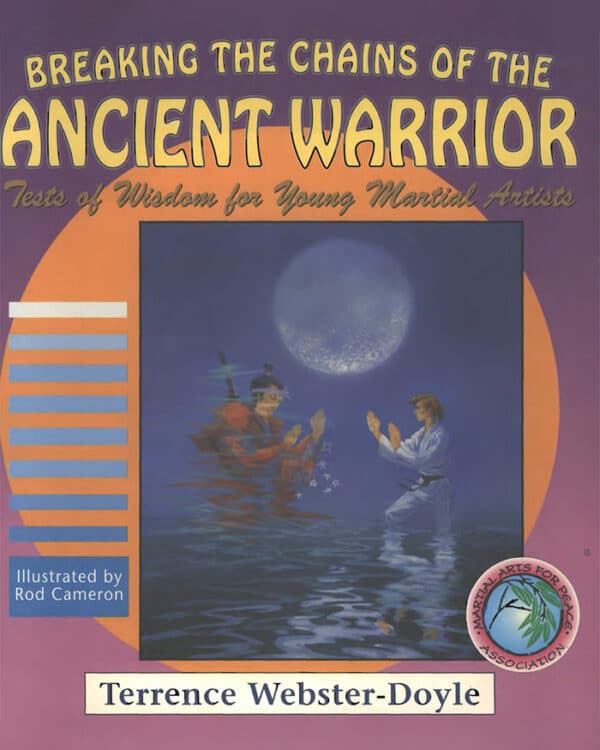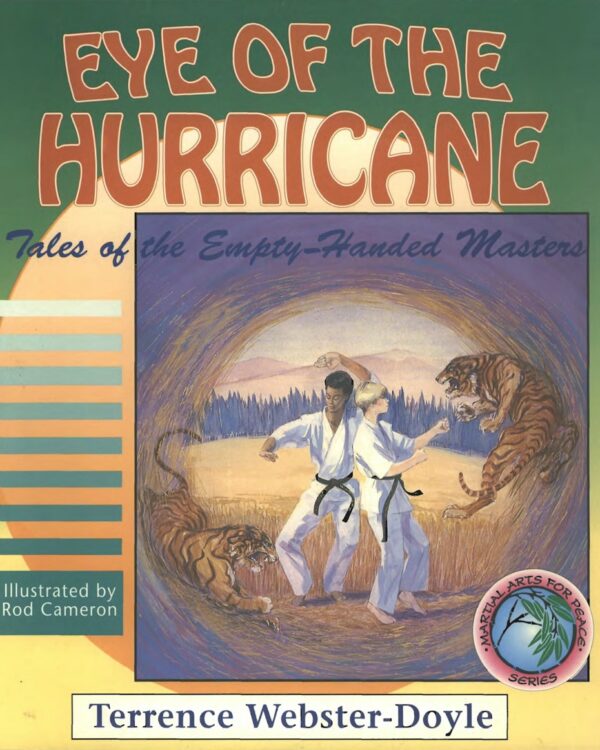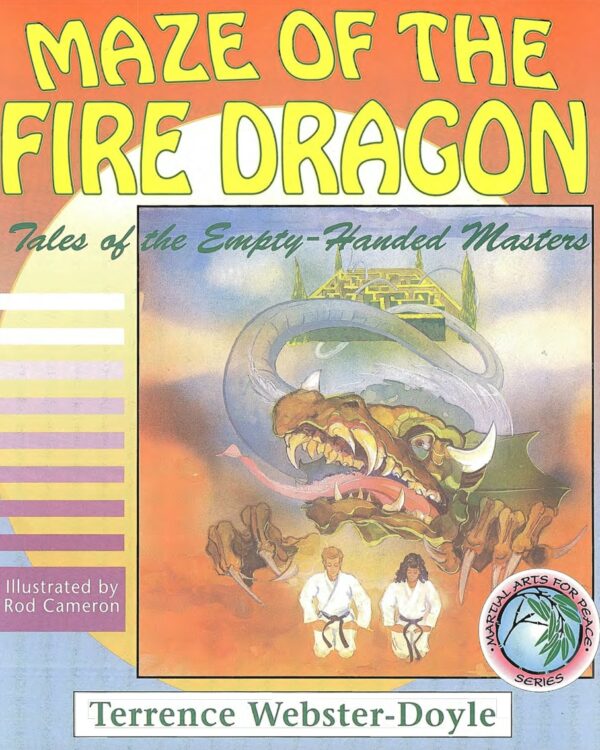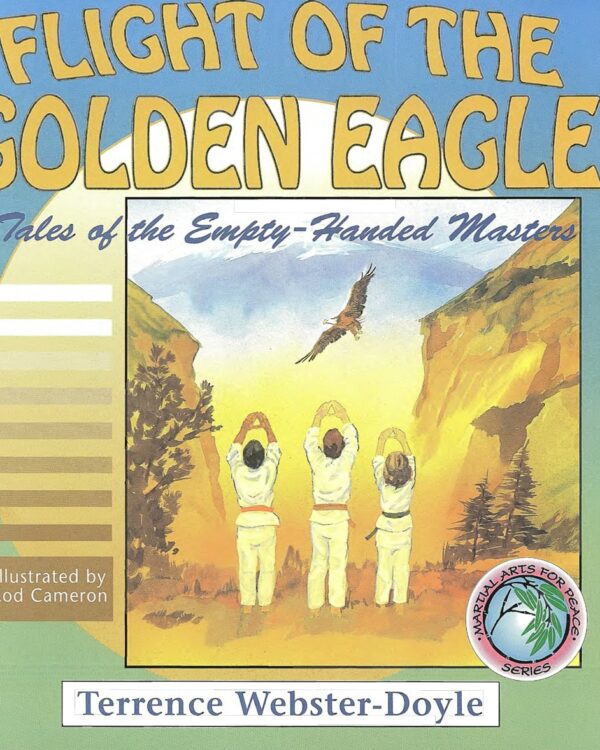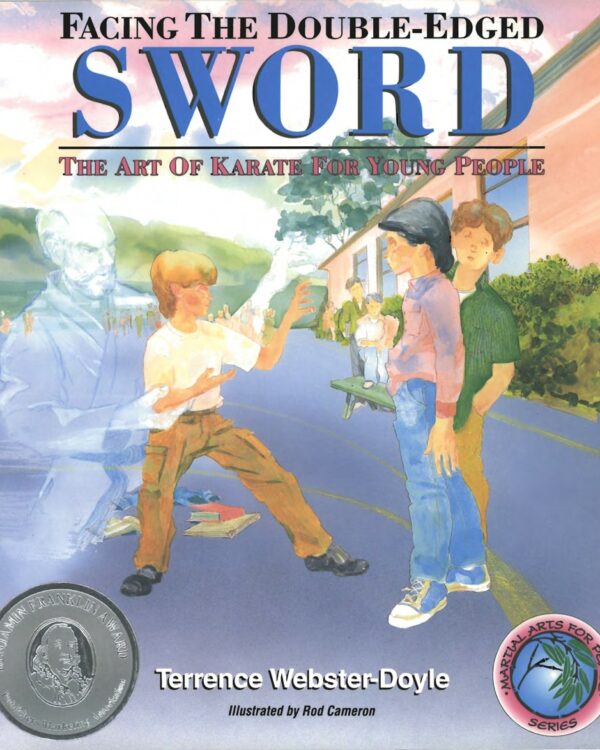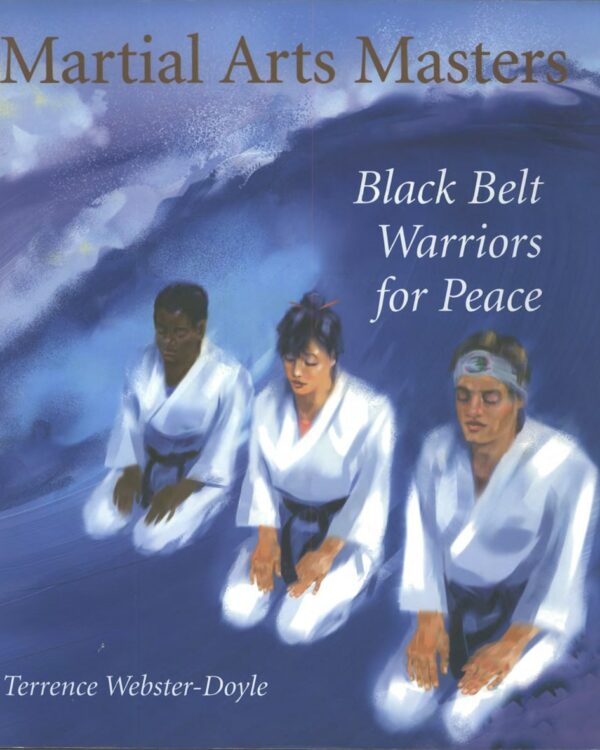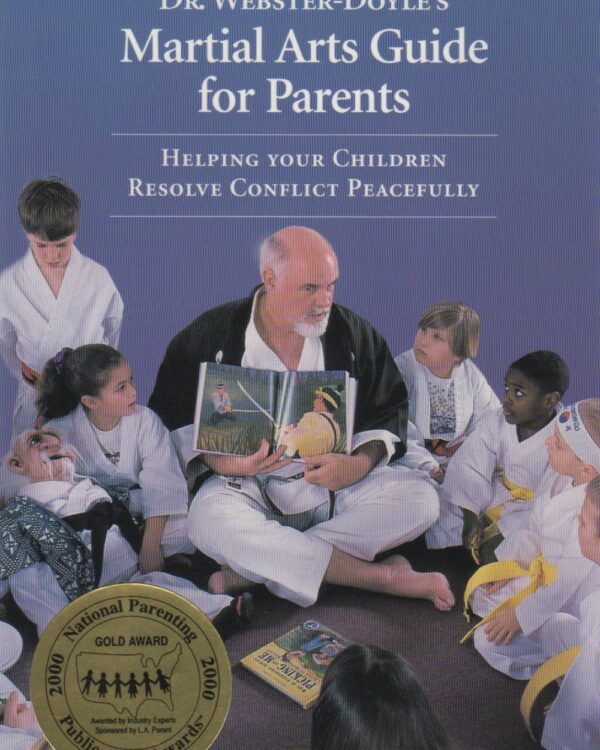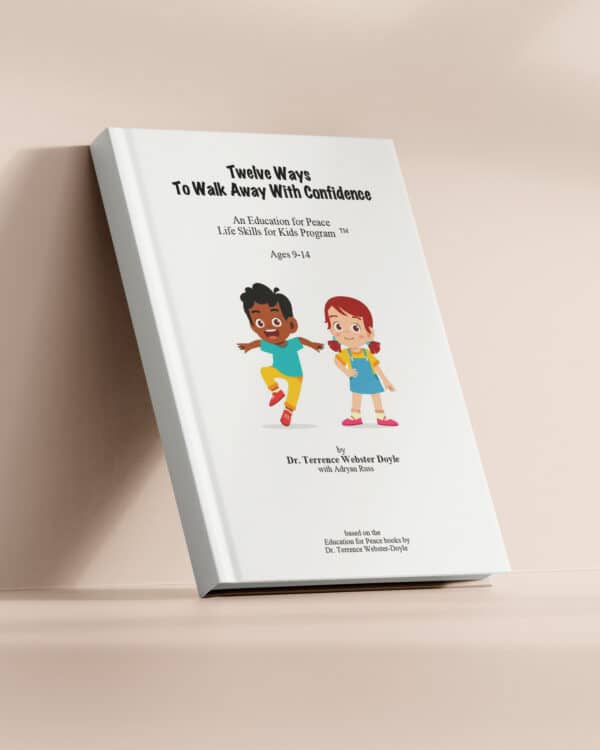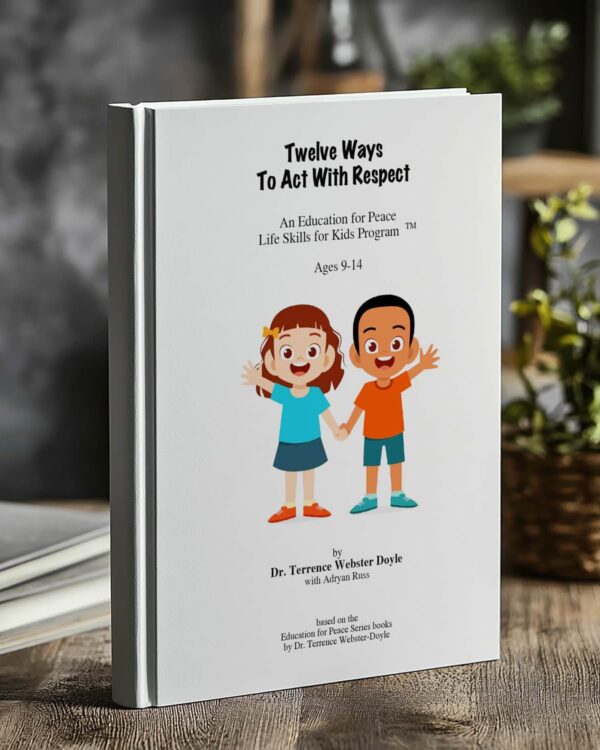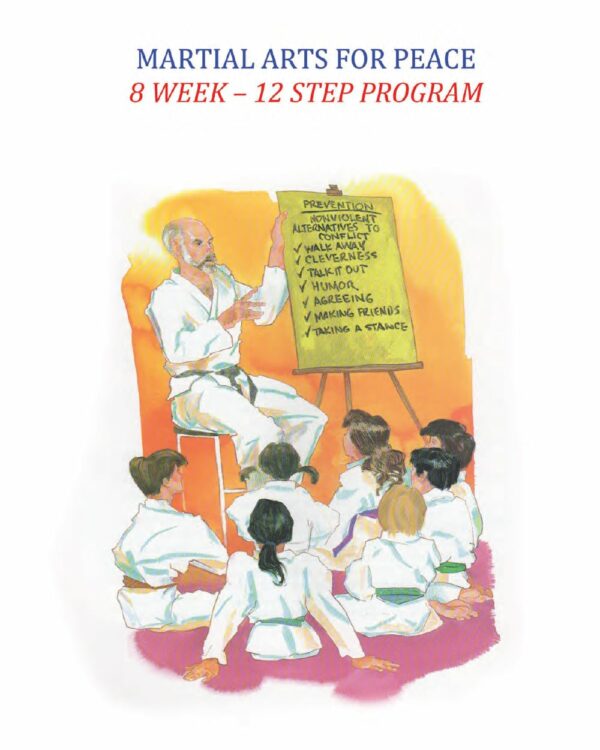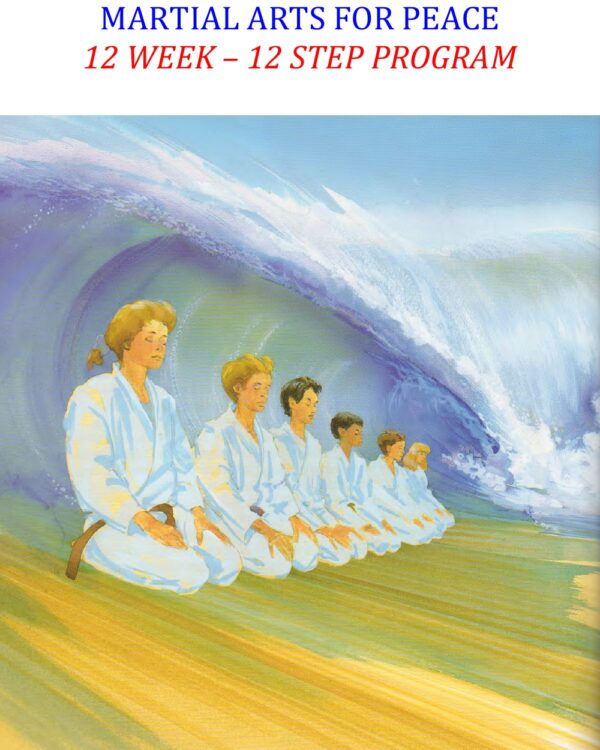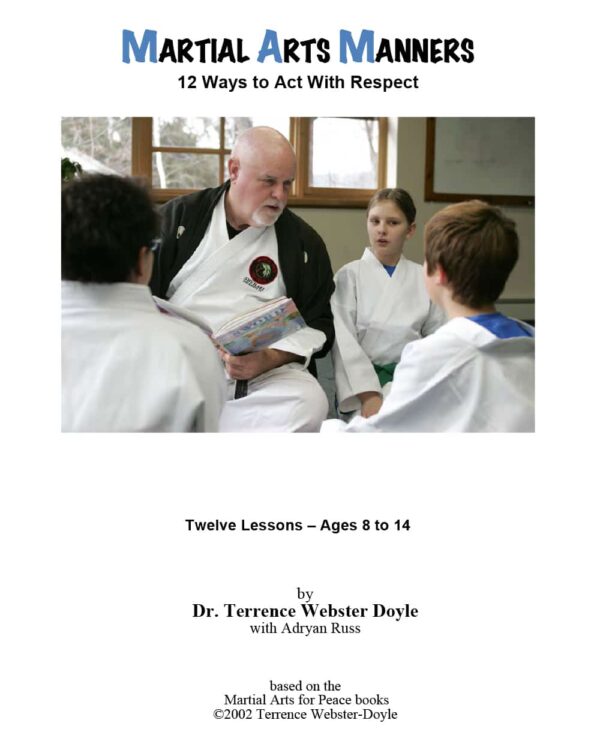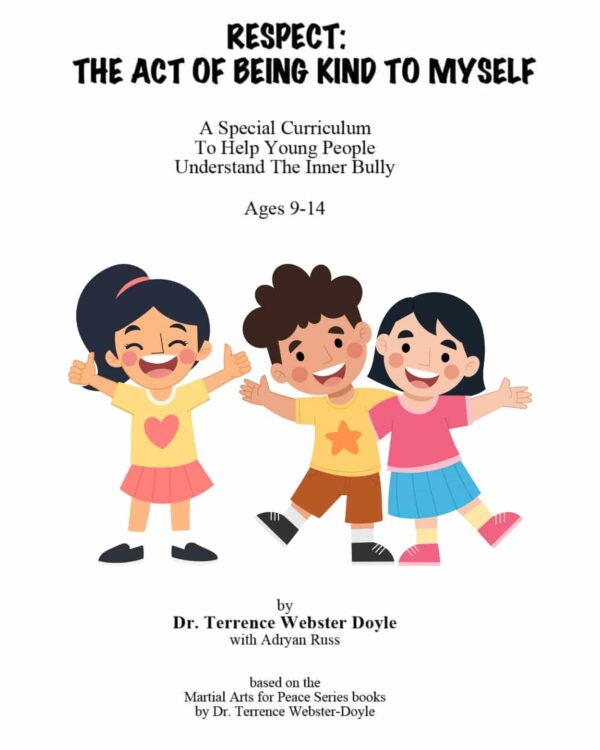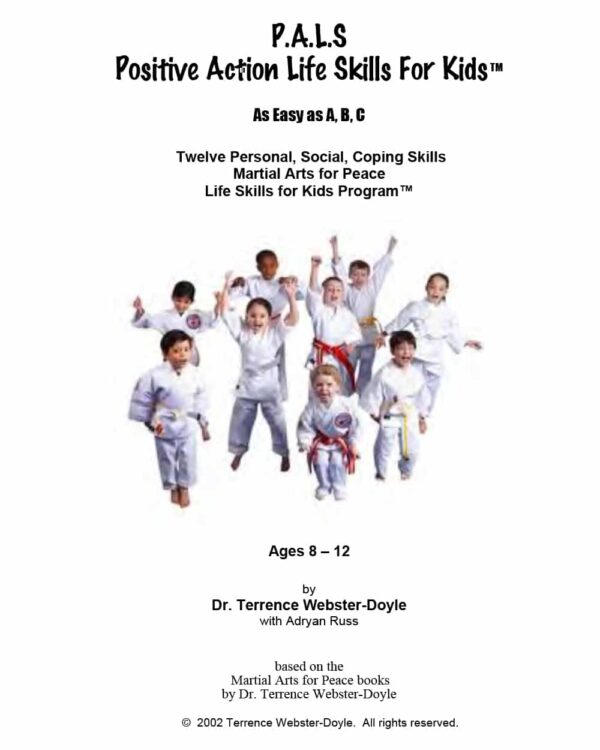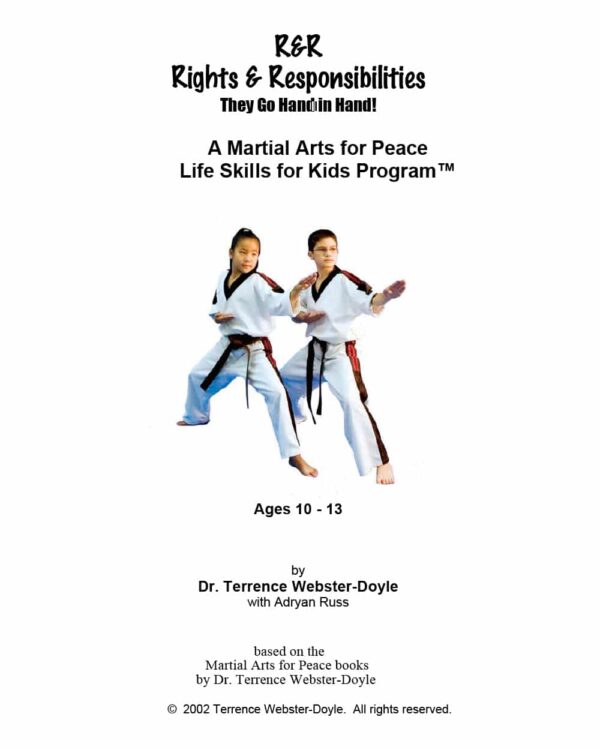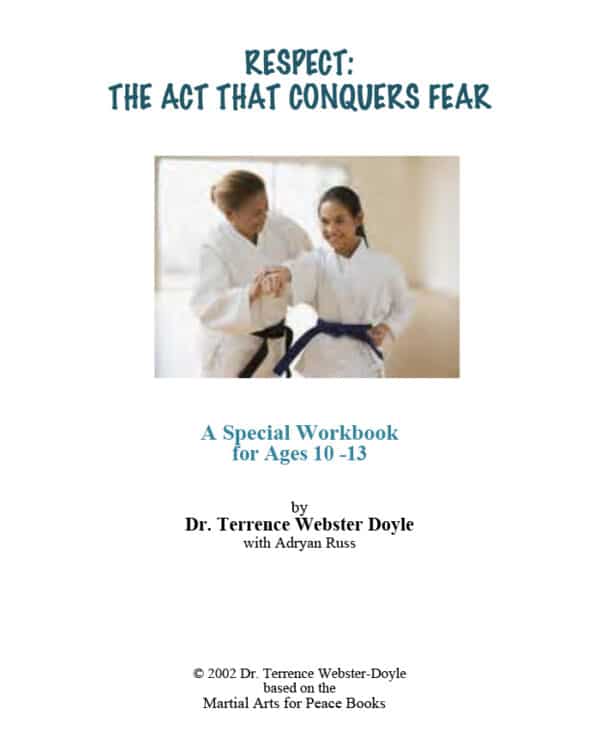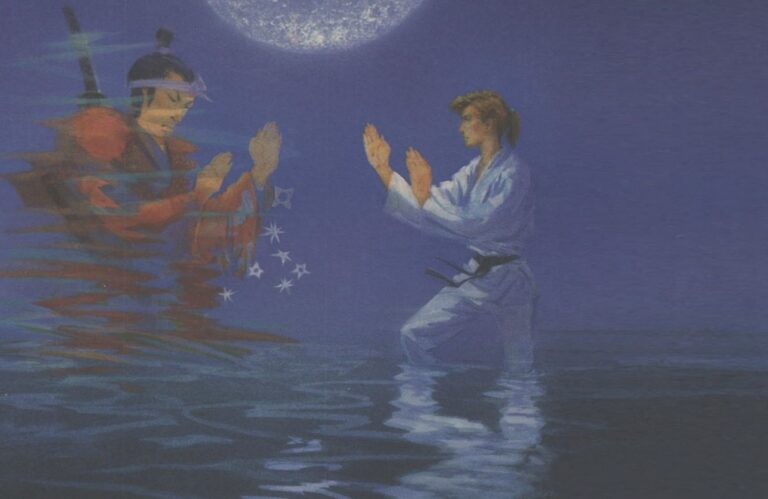Martial Arts for Peace Resources
Why are more and more parents sending their children to martial arts schools? Because they want their children to resolve bullying and learn self-defense, but this can be done peacefully without the kick-butt mentality.
Martial arts, when practiced with a focus on discipline, respect, and self-control, can be a powerful tool for promoting personal growth, peaceful conflict resolution, and peace within oneself and the community. That’s why we call it Martial Arts for Peace.
How can Martial Arts for Peace help students prevent bullying?
Mental self-defense is a crucial skill in martial arts training.
If a child is taught only physical self-defense, do they have the skills to avoid and resolve bullying before it becomes physical?
In other words, do you think that a young person has the skills to understand and avoid bullying and the ability to use words as a means of non-violent self-protection if they only practice defending themselves physically?
The practice of Martial Arts for Peace not only enhances personal safety but also equips children with valuable conflict resolution skills, fostering emotional resilience and promoting peaceful interactions.
Martial Arts Books for Peace
Our award-winning Martial Arts for Peace books provide engaging stories and lessons that instill discipline, confidence, and values like respect and self-control, empowering young readers with mental skills for personal growth and self-improvement.
Martial Arts for Peace Lessons
Martial Arts for Peace lessons offer a structured plan for martial arts schools and camps to deepen their students’ understanding of non-violent conflict resolution. Students are given the tools to promote peace, discipline, and empathy in their lives and communities.
Martial Arts for Peace Workbooks
Martial Arts for Peace workbooks provide practical exercises and guidance that allow students to develop conflict resolution skills and emotional resilience while cultivating a mindset of peace and respect.
Martial Arts for Peace Articles
Explore our articles dedicated to non-violent martial arts.
-
Breaking the Chains of the Ancient Warrior: Tests of Wisdom for Young Martial Artists
Life is a Challenge, a Test of Courage and Skills Inspirational stories for martial arts…
-
What Martial Arts Teaches About Letting Go and Finding Inner Peace
Giving Up – Getting All “Perform every act of your life as if it’s your…
-
The True Enemy Lies Within: What Martial Arts Teaches About Inner Peace
Who is the Enemy? As they walked silently in the forest, the students from the…
